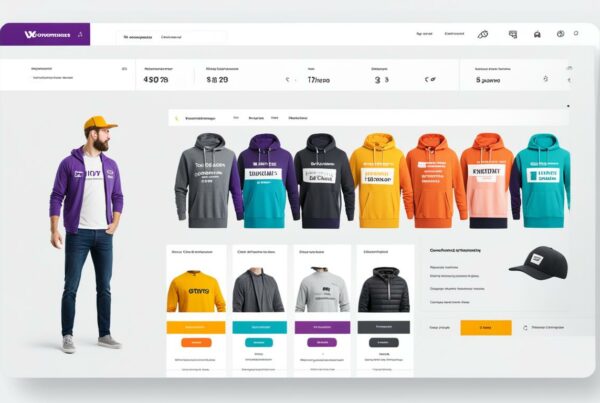On July 1st 2023, Universal Analytics (UA), sometimes known as GA3, will be hanging up its hat and making way for its successor, GA4. This means if you are currently using UA you are going to have to make the change to GA4, sooner rather than later. But what is GA4? How is it different to UA? And why has the change been made at all? In this blog, we hope to answer any queries or concerns you may have about the newest addition to Google Analytics.
What is GA4?
GA4 is a new property within Google Analytics that will replace UA. It is the most advanced property Google has released and allows more in-depth analysis of your websites and apps. A major reason GA4 was developed was to ensure better privacy for their customers. GA4 can collect data without using third-party cookies or collecting IP addresses, making it compliant with GDPR.
Even though GA4 is an entirely different platform from UA, all it requires is a new property, so you will not need to make a new analytics account. There is also no price change between the two you don’t have to worry about that.
What are the differences between GA4 and Universal Analytics?
As GA4 is a progression from UA, naturally, it boasts more features. Some of the new key features are listed below.
Mobile app and website tracking
Previously, a separate property was required to track mobile app data. With GA4, app data can now be tracked along with website data in one property. This allows a more detailed analysis of how a user engages with your website and platform.
Event-based tracking
Rather than tracking user interactions as page views, GA4 classifies each interaction as an event. These events allow things like clicks, scrolls, downloads etc., to be measured much more accurately and give a broader image of how a user interacts with your website.
Machine Learning
GA4 uses machine learning to predict how a user might interact with your website in the future. This would allow you to better understand your audience and optimise your user journey based on what users are most likely to do.
Search Function
While UA had a search function, GA4’s is much more advanced. Almost anything can be searched and found, and it will even give answers when questions are typed in, such as ‘clicks on homepage from last week’.
Bounce rates
GA4 will omit bounce rates from its reports. Instead, it will measure engaged sessions. An engaged session is one that lasted at least 10 seconds, had at least one conversion event, or at least 2 page views. Therefore, your bounce rate will be the percentage of sessions that weren’t engaged sessions.
What happens to UA once GA4 has been set up?
If you set up your GA4 property before July 1st 2023, UA will continue to track up until that time. This means that GA4 and UA will run in parallel and will allow you to see if GA4 is collecting data correctly as you can compare it with UA. After July 1st, you can access your UA data for 6 months, at the end of which it will be removed entirely.
Conclusion
This was a brief overview of what GA4 is and some of the differences between it and UA. It is a much more powerful tool for analysing data compared to its predecessor and has a lot more to offer. Although UA won’t be officially dropped until July 1st 2023, it is highly recommended the switch be made as soon as possible so you have time to get to grips with GA4 and its many useful qualities.
Internet Creation Ltd. specialises in Web Design & Development, Graphics Design and Digital Marketing (SEO & PPC). For more information on how we can help your business, email [email protected].





